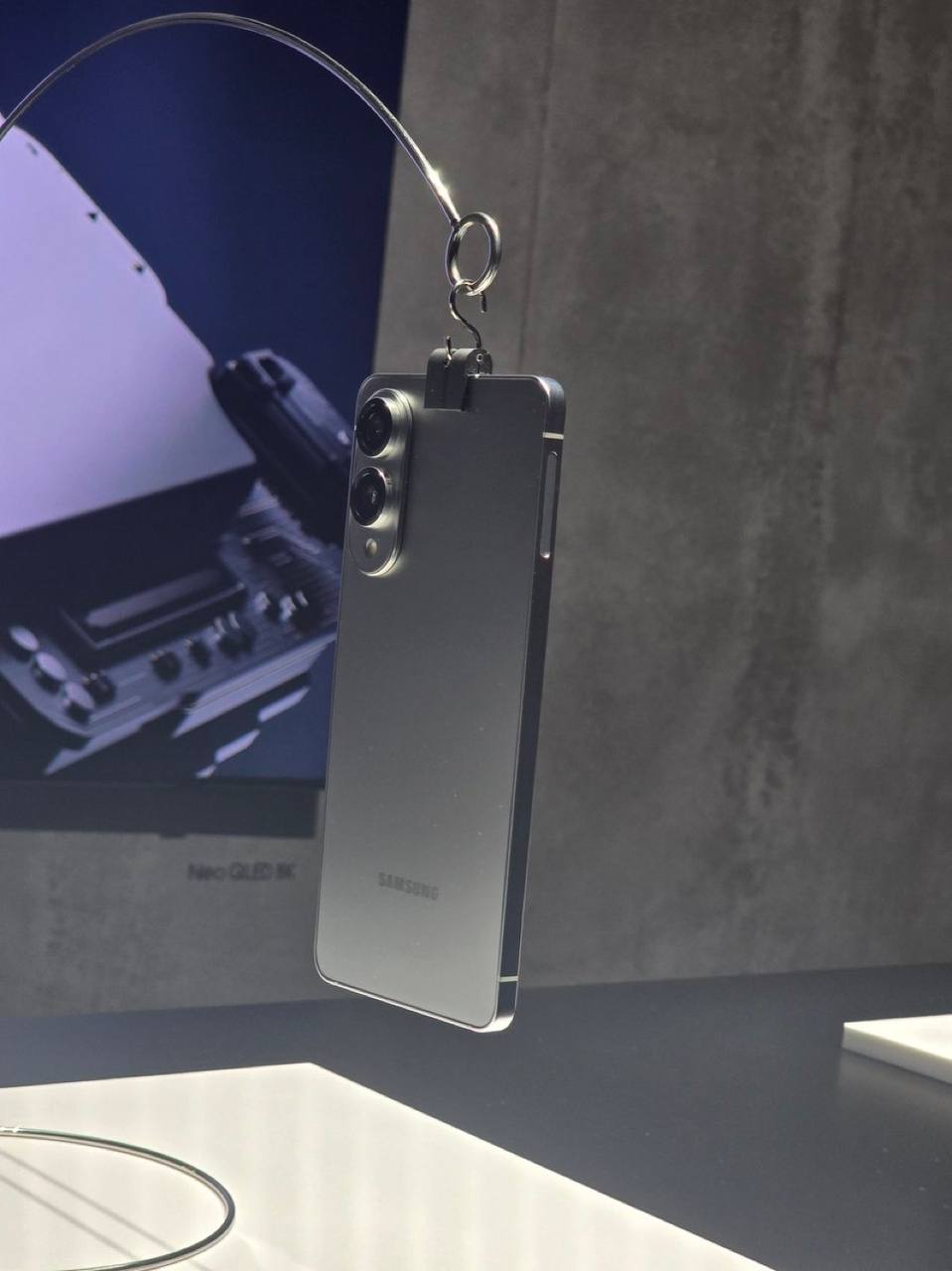People with iPhones are starting to get new ones a bit quicker than before, according to a report by Consumer Intelligence Research Partners (CIRP).
In the last three months of 2024, CIRP found that more iPhone buyers were replacing their phones earlier than in past years. About 36% of new iPhone owners had their old phone for two years or less, which is up from 31% the year before. On the other hand, the number of people keeping their phones for three years or more dropped to 33%.
This change is the first big shift in how often people upgrade their iPhones since CIRP started keeping track in 2014. Even though people generally kept their phones longer over time, something seems to be pushing some users to upgrade sooner. The percentage of people upgrading after just two years is back to where it was in 2020.
CIRP thinks several things are causing this. One big reason might be deals from phone companies that make it cheaper or easier to get a new phone. Another could be Apple’s new AI features, which might make people want to switch to the latest model to use them.
This trend in upgrade habits comes at a time when Apple’s iPhone sales have not been as strong. CIRP guesses that the people upgrading now are the most active Apple fans, more eager to get the newest tech. Meanwhile, those who upgrade less often might be holding out for something really special before they decide to buy a new phone.





